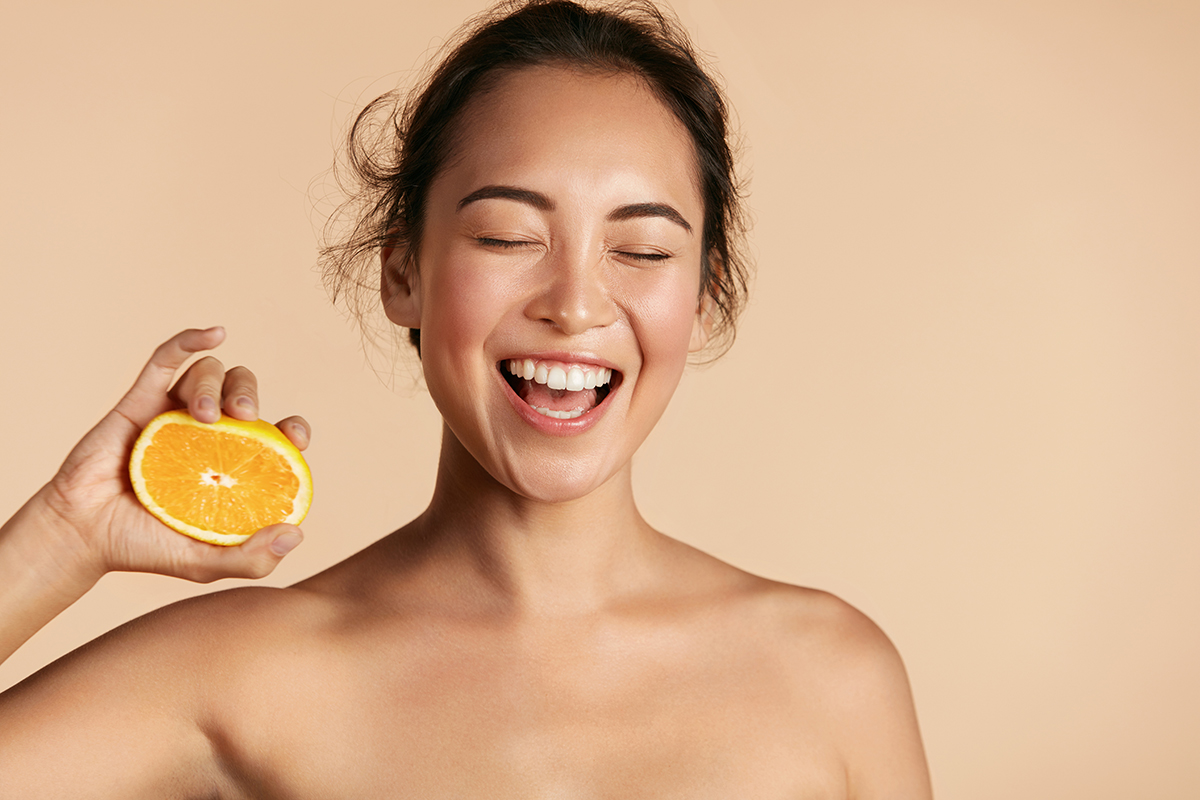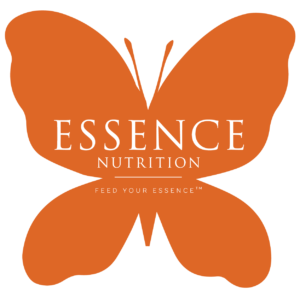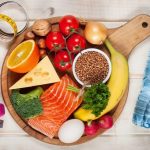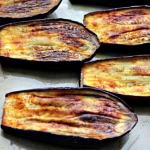Everyone wants healthy glowing skin. On top of a quality skin care routine (see to a dermatologist and qualified aesthetician first, please!), nutrition plays a major role here for helping optimize skin health. Here are my skiNutrition nutrients of concern:
- Water
Staying hydrated will help keep your skin hydrated and dewy as well. As a minimum most women should get at least two liters per day and men at least three. There are many reasons you may need more (physical activity, being outside, living in a hot/humid environment). Feel free to add fresh fruit (lemon, lime, grapefruit slices) and/or herbs (basil, mint) for flavor that adds phytonutrients without the sugar. You can “cheat” with unsweetened tea, coffee, and milks for hydration — but not alcohol.
- Vitamins C
This nutrient is important in wound healing. Deficiencies can contribute to photo aging and loss of collagen. Most people think of orange juice when they think of Vitamin C, but did you know a serving of bell peppers (any color) has over 200% of your RDA? You can also find Vitamin C in kiwi, potatoes and broccoli. Skip the juice and be generous with your vegetables / fruits. Vitamin C helps support collagen (your skin’s matrix protein). Don’t take it as a supplement — food first!
- Protein
Collagen has been all the rage as a supplement but the results are inconsistent in the literature for skin health (there’s more evidence for it in wound healing in elite athletes). Keep in mind collagen is a protein, when we eat any protein our bodies break it down into individual amino acids. Then the body uses that protein to build what it needs. A way to aid in collagen production is to make sure you are getting enough quality protein in general. Fatty fish that is rich in Omega 3’s is a great source. Plain, fermented yogurt is another great source (bonus- rich in probiotics). Avoiding animal protein? No problem, organic tofu and tempeh are nice sources as well. And getting enough FRUIT/VEGETABLE Vitamin C supports collagen.
- Phytonutrients (ex: antioxidants)
Our skin is bombarded with oxidative damage regularly (that’s damage at a cellular level which causes disease, inflammation, and aging) From sun exposure, environmental toxins, aging, or for those of you who still smoke — smoking! Consuming a diet rich in phytonutrients (nutrients uniquely found in plants — phyto meaning PLANT!) means you are consuming plants from each color group on either a daily basis or almost daily basis. Next time you hit the grocery store, take a look down at your cart, do you see red, orange, yellow, green, purple and white plants? Eat the rainbow. Antioxidants are anti (fighting) oxidation — there’s thousands of different types of phytonutrients. You can access them all by diversifying (greatly) your intake of plants. Aim for THIRTY different plants per week.
Unfortunately, there are nutrients that can cause havoc on our skin. These include foods that trigger inflammation:
- Refined sugars/ flours
These foods are everywhere. If one of the first three ingredients in a food product is sugar, refined flour or high fructose corn syrup- skip it! These are not just in your obvious places like honey buns and soda but sugar is added to many “health” foods as well like yogurt, whole wheat breads, granola bars, oatmeal and much more.
- Inflammatory oils rich in Omega 6’s
Omega 6’s are an essential fatty acid, which means we do need to consume it from our diet, however the ratio of Omega 3 (anti-inflammatory) to Omega 6 (inflammatory) is imbalanced in most of our diets. Consume less of sunflower oil, safflower oil, vegetable oil, canola oil, and corn oil. Consume more of extra virgin olive oil and avocado oil! You can also get Omega3s in seafood and fish. The best sources are salmon, mackerel, sardines, anchovies, and herring. Plant sources, though not as bioavailable, include chia, hempseed, ground flaxseed (which has to be kept in the refrigerator to preserve the omega3s, and walnuts).
If you are suffering from acne and have already adopted the above recommendations for a few months and aren’t seeing any changes, you might want to try removing cow’s dairy from your diet. This has shown in some people to minimize their acne. We don’t recommend this as a first line defense t as dairy has many nutritional benefits and there is no need to add restrictions to one’s diet if not necessary. But if your dermatologist and dietitian agree– sometimes we do a six to 12 week cow’s milk protein elimination and evaluate clinically if acne improves.
“In a study of 4,026 middle-aged women, those with wrinkled appearance consumed significantly less dietary protein, potassium, vitamin C, and vitamin A. Dry skin is associated with lower linoleic acid and vitamin C intake. Less wrinkling of sun-exposed skin in older adults was observed in those consuming eggs, yogurt, legumes, fruits, vegetables, and olive oil. Smoother skin and less visible sun damage coincided with intake of vitamin C and lycopene-rich foods.”1
You may have noticed after reading this article that the recommendations sound familiar. That’s because many of your general nutritional guidelines for optimal health will also positively affect your skin. The Mediterranean diet in particular, which year after year scores as one of the healthiest eating patterns abides by many of these suggestions. So in a nut shell (and certainly — eat more NUTS and seeds!) – eat more plants, drink plenty of water, hide from the sun [save for ten minutes a day to activate Vitamin D in your body], make sure you are getting quality protein sources in most meals and let food work its dermatological divinity!
1- Cartwright et al. “The Role of Medical Nutrition Therapy in Dermatology and Skin Aesthetics: A Review” Journal of Drugs in Dermatology, vol 19, issue 1 January 2020
